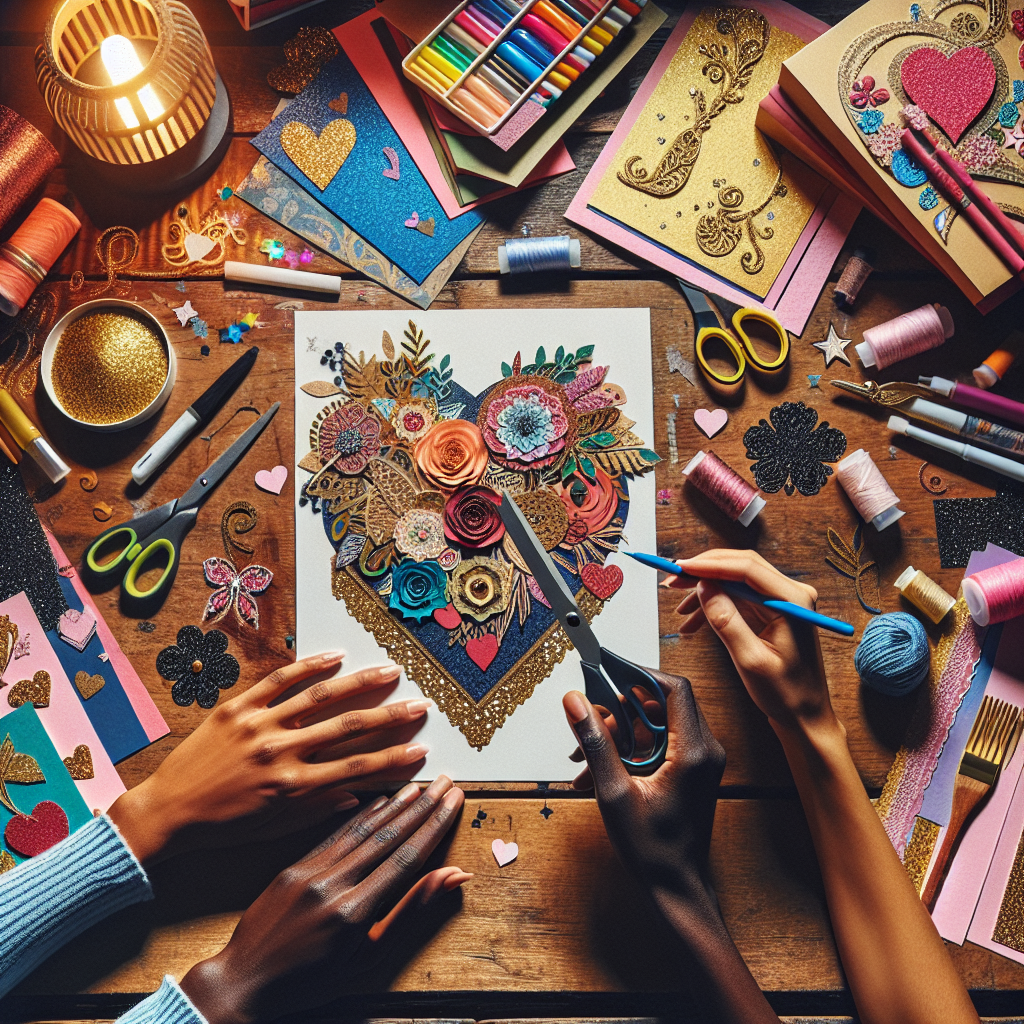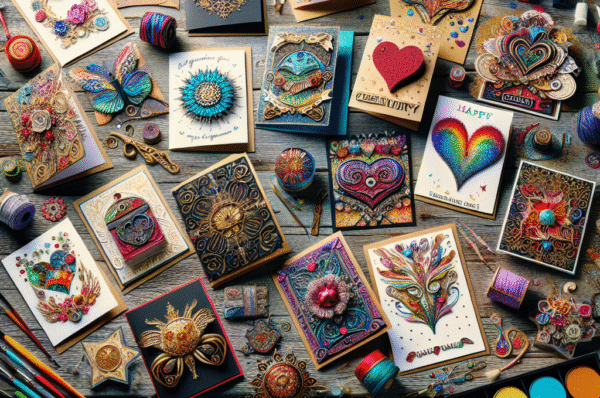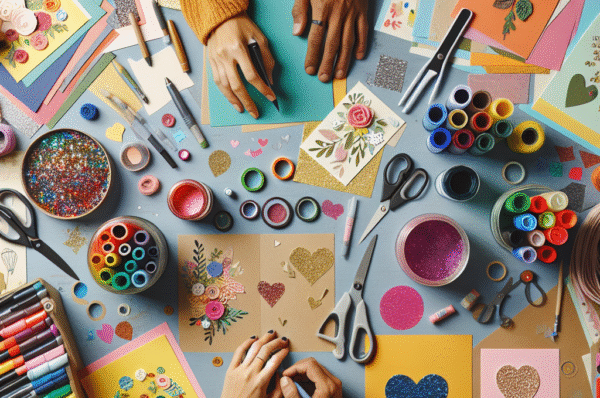Introduction
In an increasingly digital world, the art of handwritten correspondence and personalized cards remains a cherished tradition. Custom cards are more than just pieces of paper; they are vessels of emotion, creativity, and personal connection. Whether for birthdays, holidays, or simply a “thinking of you” note, crafting custom cards allows us to express our feelings in a unique and meaningful way. This article explores the art of custom card-making, providing tips and inspiration to unleash your inner creativity.
The Beauty of Custom Cards
Custom cards offer a personal touch that digital messages often lack. They serve as tangible reminders of special moments and relationships. When you give or receive a hand-crafted card, it conveys thoughtfulness and effort. The recipient can feel the care that goes into each design, making the card a treasured keepsake rather than just another item in the mail.
Why Create Custom Cards?
-
Personal Touch: A custom card can be tailored to the recipient’s personality and interests.
-
Creative Outlet: Designing cards allows you to explore your artistic side, whether through drawing, crafting, or digital design.
-
Memorable Gifts: A custom card can accompany a gift or serve as a standalone present, showcasing your thoughtfulness.
-
Connection: In a fast-paced digital world, receiving a custom card can create a stronger emotional bond.
Getting Started
1. Gather Your Materials:
Depending on the style of card you want to create, you may need:
- Cardstock or watercolor paper
- Markers, colored pencils, or paints
- Stamps and ink pads
- Stickers, washi tape, or embellishments
- Craft scissors and glue
2. Choose a Theme:
Decide on a theme that resonates with the occasion or the recipient. This could be seasonal (autumn leaves, winter snowflakes), event-specific (birthdays, weddings), or deeply personal (shared hobbies or memories).
3. Sketch Your Design:
Start by brainstorming ideas. You might want to sketch a layout to visualize where you’ll place elements like text, illustrations, and decorations.
Techniques for Card-Making
1. Hand-Drawn Designs:
For those who enjoy drawing, hand-crafted illustrations can bring your card to life. Whether it’s a simple doodle or an intricate design, your personal touch will shine through.
2. Stamping:
Use rubber stamps to create patterns or images. This technique can save time while adding a professional touch. Combine several stamps for a unique design.
3. Collage:
Incorporate various materials like photos, magazine clippings, or fabric scraps for a mixed-media effect. This approach allows for great creativity and texture.
4. Digital Design:
For those more digitally inclined, software like Adobe Illustrator or Canva can help you design cards that can be printed at home or through a professional service. This method is great for producing multiple cards in a consistent style.
Adding Personal Messages
A card is incomplete without a heartfelt message. Consider the relationship you share with the recipient and craft your words accordingly. Whether it’s a simple “Happy Birthday” or a more elaborate note expressing your feelings, your message will make the card memorable.
Final Touches
Once your design is complete, remember to consider the presentation. Use high-quality envelopes, and think about sealing your card with a custom sticker or wax seal for an added touch of elegance.
Conclusion
Custom cards are not only a creative outlet but also a meaningful way to connect with others. As you embark on your card-making journey, let your imagination run wild. Break free from the constraints of digital communication and delve into the tactile, intimate world of custom cards. Each card you create is a unique expression of your thoughts and feelings, making them not just a gift, but a cherished memory. So gather your materials, unleash your creativity, and let the art of custom card-making fill the world with joy and personal connection.




